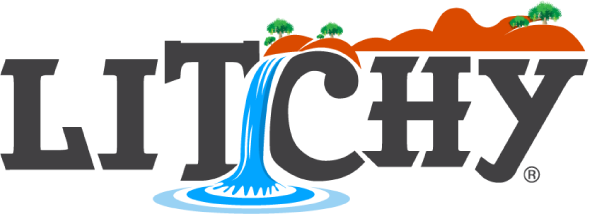Litchfield National Park occupies the traditional lands of the First Nations people, whose Ancestral Spirits are believed to have created the landscape, plants, and animals that exist in the park today. The Werat, Koongurrukun, Mak Mak Marranunggu, and Warray First Nations have lived in the area for thousands of years, utilizing the land’s resources and cultural significance. The park is also situated on the western edge of the Marrathiel and Warray Indigenous Protected Areas, which are home to several other First Nation communities.
Litchfield National Park & Cultural Significance
The Tabletop Range, located at the head of the park, is of immense importance to the First Nations people, as it is linked to their spirituality and beliefs. The park’s cultural significance is evident through the many areas that are important to the First Nations people, including those that are off-limits to visitors, such as the base of Tjaetaba Falls, where swimming is not permitted for cultural reasons.
Despite the park’s development for tourism and conservation, the First Nations people maintain their connection to the land and continue to practice their traditional culture and beliefs. Visitors to the park can learn about the rich cultural heritage of the First Nations people through interpretive signage, guided tours, and cultural experiences.
Litchfield National Park & Wagait People
For thousands of years, the Wagait people have lived in the area and have developed a deep cultural and spiritual connection to the land and waterways within Litchfield National Park. The park holds immense significance for the First Nation people, and is a central part of their traditional culture and history.
The Wagait people have a rich oral tradition, which has been passed down through generations. They have stories and legends that are associated with the different landmarks within the park, such as the waterfalls, rock formations, and rivers. These stories reflect their deep spiritual and cultural connection to the landscape and the animals that live within it.
The First Nation people have traditionally used the natural resources within the park for food, medicine, and cultural practices. For example, the waterholes and rivers within the park are important sources of food and are used for fishing and hunting. The park’s plants and animals are also used for traditional medicine and cultural practices, such as ceremonies and art.
Colonisation:
In addition to the First Nation history of Litchfield National Park, it’s important to acknowledge the history of colonisation in the region.
During the colonial period, the area that is now Litchfield National Park was explored by Europeans, and in the late 1800s, mining activities began in the region. The arrival of European settlers had a significant impact on the First Nation people, who were forced to adjust to new ways of life and a changing environment.
Colonisation had devastating consequences for First Nation people across Australia, including those living in the Litchfield National Park area. The loss of land, the forced removal of children from their families, and the suppression of traditional culture and language had a profound impact on the First Nation communities in the region.
Today, Litchfield National Park is managed jointly by the First Nation people and the Northern Territory Government. The park provides an opportunity to acknowledge the impacts of colonisation and to celebrate the resilience and cultural strength of First Nation people. Visitors to the park can learn about both the rich First Nation history and the complex history of colonisation in the area through interpretive signage, guided tours, and cultural experiences.
Get your daily fix of Northern Territory beauty courtesy of Norther® by following @litchfieldnationalpark and @northerhq. You can also check out more Northern Territory content by following Litchfield National Park and the Litchfield National Park Facebook group. Please signup here to join our newsletter list to be the first to get hints and local recommendations for anything awesome in the Northern Territory.



